Top 5 most expensive mega construction projects in the world
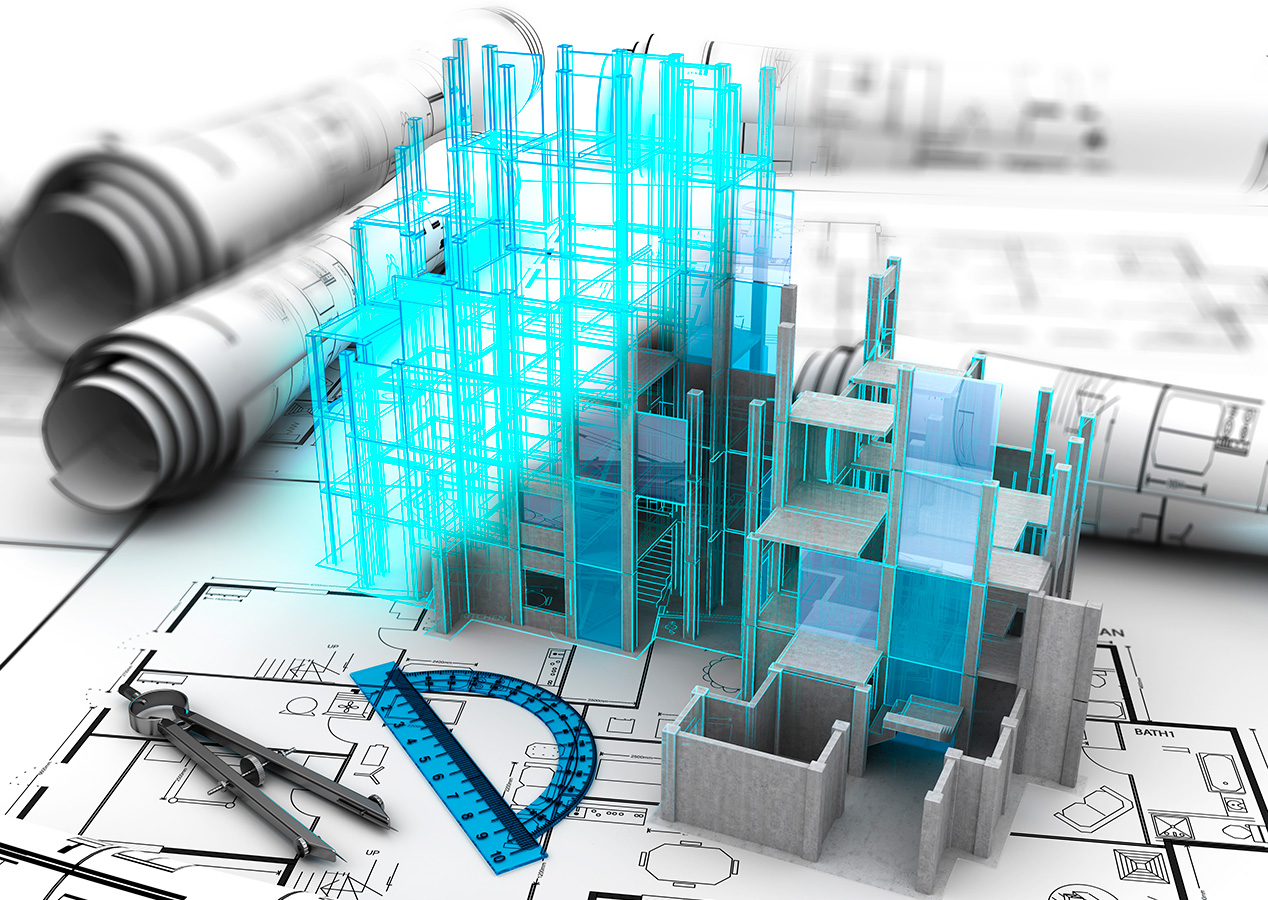
The largest and most expensive construction projects in the world range from an ambitious railway system to a gigantic entertainment complex. One is 254 miles above the ground and travels at 17,500 mph.
Throughout history, humans have expressed their belief that bigger is better with colossal construction projects. Pyramids, religious monuments, skyscrapers and other buildings deemed important to the lives of people thousands of years ago and today testify to this belief.
These grandiose mega constructions demonstrate the vision, ingenuity and drive of humans since they left the caves and began to erect buildings. Mankind has consistently endeavored to push the limits.
As technology, machinery and construction methods improve, the size and scope of what builders can create expands. However, massive projects must overcome tremendous obstacles, from having to navigate increasingly complex politics and government regulations to overcoming opposition from environmental and social activist groups.
Below is a list the top five mega construction projects in the world and a few others to keep an eye on in coming years.
1. International Space Station, Space
It may not be in the world, but it’s of the world. At a cost of $150 billion, the International Space Station (ISS) is the most expensive thing ever constructed. Developed by a partnership of 15 countries and five space agencies, the ISS took a decade to build and 30 space missions to assemble. Assembly of its many components began in 1998 and ended in 2011.
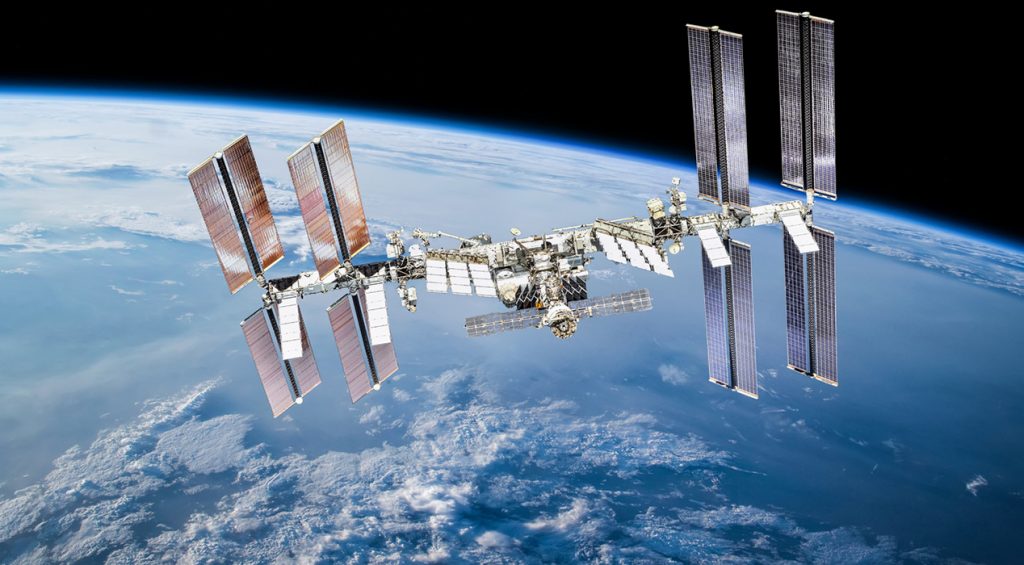
The station is the largest man-made object in space, weighing about 925,000 pounds, not including the crew, research equipment, water and gas supplies, spare parts, personal effects and other items. It orbits the Earth at an altitude of 254 miles and travels at 17,500 mph, that is 4.76 miles per second, circling the planet once every 93 minutes.
2. High-Speed Railway, California
The California High-Speed Rail is a rail system under construction in California that will run from San Francisco to the Los Angeles basin via the Central Valley, connecting eight of the 10 largest cities in the Golden State. The all-electric bullet train will be powered by renewable energy and able to reach speeds up to 220 miles per hour. A trip between Los Angeles and San Francisco will cover 380 miles in two hours and 40 minutes.
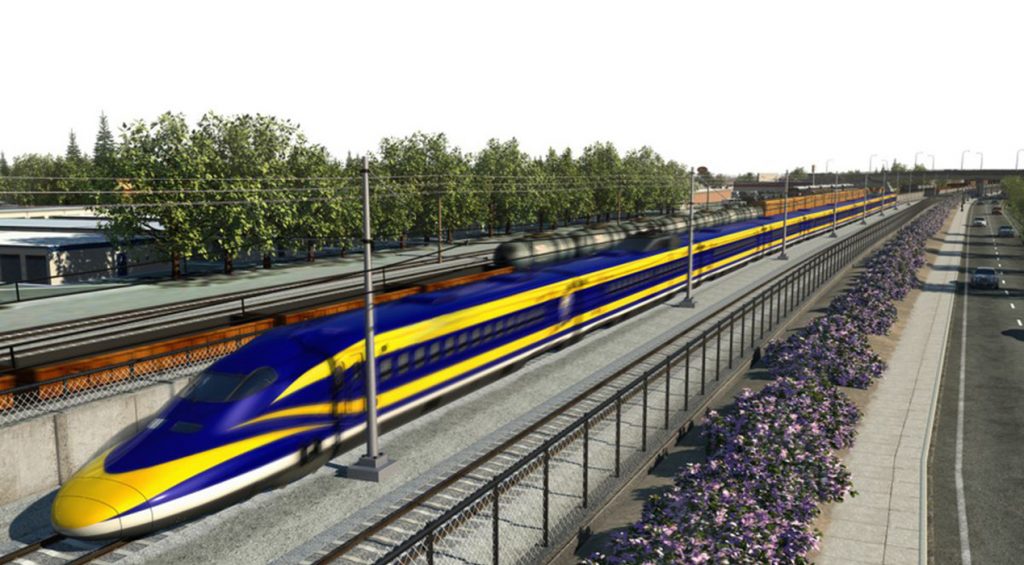
In 2015, the project was budgeted at $33 billion, but management turmoil, engineering issues and cost overruns have driven the cost up to about $100 billion. A June 2021 poll showed 42% of California voters support halting the project, and 41% want it to continue. While this phase is expected to be completed in 2029, a second phase would extend the railway to Sacramento and San Diego, pushing the total of miles in the system to 800 and the number of stations to 24.
3. South-North Water Transfer Project, China
The South–North Water Transfer Project is a multi-decade, mega infrastructure project in China. Its purpose is to move 44.8 billion cubic meters of fresh water annually from the Yangtze River in southern China to the more arid and industrialized north. Commenced in 2002 with a budget of $62 billion, the cost had ballooned to $80 billion by 2014.
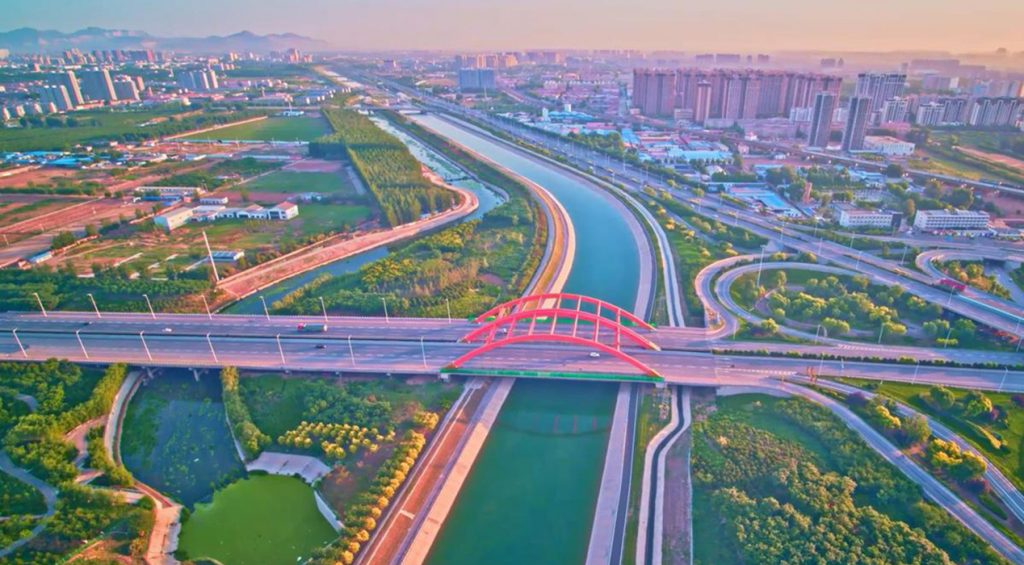
The project comprises three canal systems: the Eastern Route through the course of the Grand Canal; the Central Route from the upper reaches of Han River (a tributary of Yangtze River) via the Grand Aqueduct to Beijing and Tianjin; and the Western Route, which runs from three tributaries of the Yangtze River near the Bayankala Mountain to provinces such as Qinghai, Gansu and Ningxia.
4. Dubailand, Dubai
Dubailand is an ambitious $64.3 billion project in Dubai, UAE, consisting of a monumental entertainment complex comprising 45 separate mega projects and 200 sub projects. Dubailand is divided into six zones or worlds: themed leisure and vacation, attractions and experience, sports and outdoors, retail and entertainment, eco-tourism, and downtown.
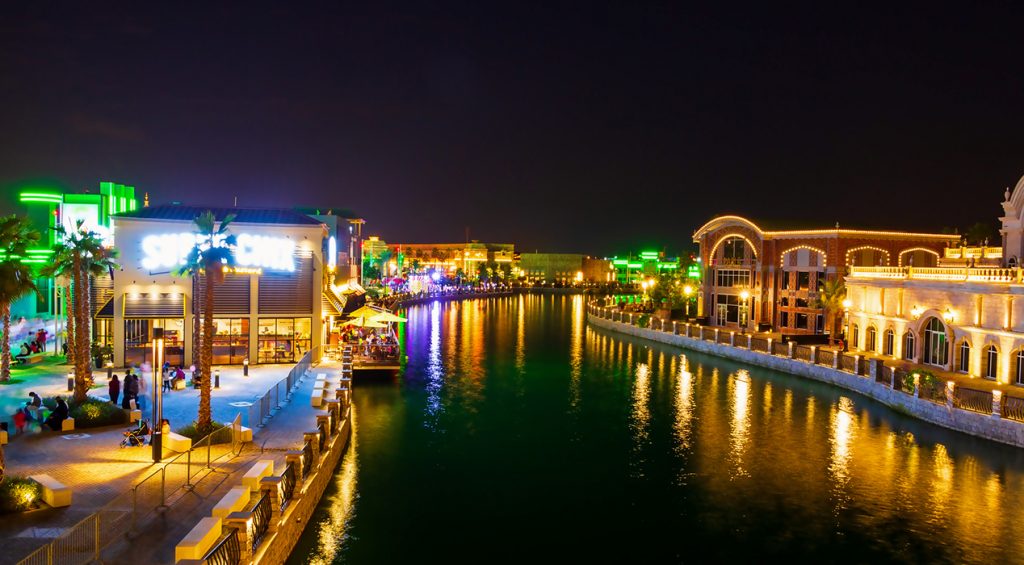
When completed, Dubailand will be the largest collection of theme parks in the world and about the size of two to three Walt Disney Worlds stretched on 107 square miles of land. The project, which also includes hotels, shopping centers and residences, is expected to be completed in 2025.
5. Crossrail, London
The Crossrail project in London is one of the largest railway infrastructure projects in Europe and part of London Underground, the first underground train system in the world. The 26-mile railway, branded the Elizabeth line, will cross London from east to west, connecting two major railway lines terminating in the capital city—the Great Eastern Main Line and the Great Western Main Line—and linking 41 stations.
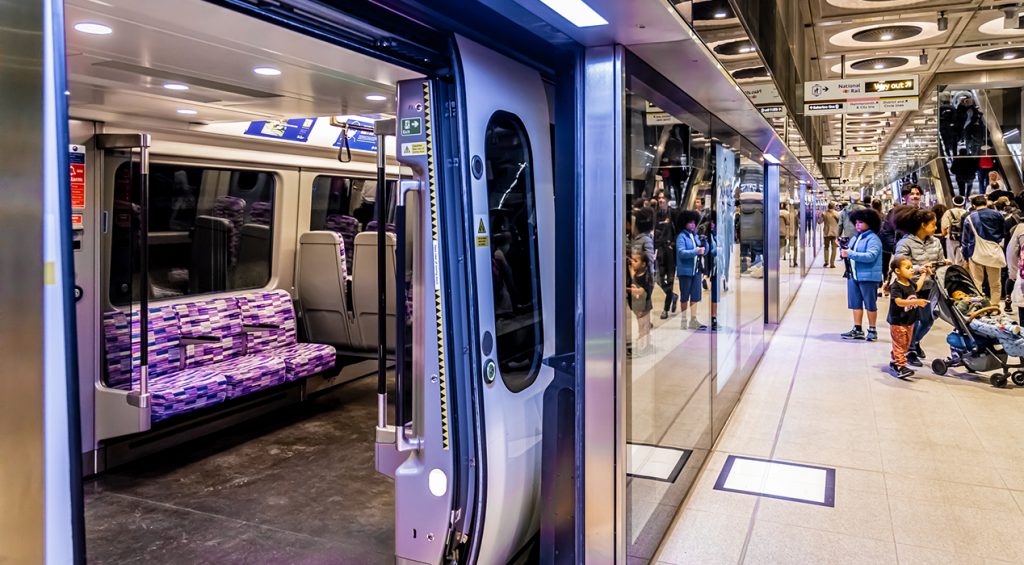
Construction work began in 2009, and although trial runs started in May 2021 in some sections of the line, the railway won’t be fully operational until 2023. While the project’s initial budget called for £14.8 billion (about $20.3 billion) , the total cost has risen to £18.25 billion ($25 billion).
Other Mega Construction Projects Worth Mentioning
- Beijing Airport, China, $25 billion, construction commenced in 2014, completion of final phase expected in 2025, to be busiest airport in the world
- Great Man-Made River, Libya, $20 billion, construction commenced in 1985, completion expected in 2030, world’s largest irrigation system
- Jubail II, Saudi Arabia, $11 billion, construction commenced in 2014, completion expected in 2024, largest industrial development in the world
- Chuo Shinkansen, Japan, $9 trillion yen ($79 billion) and climbing, construction commenced in 2014, completion date unknown


Comment (0)